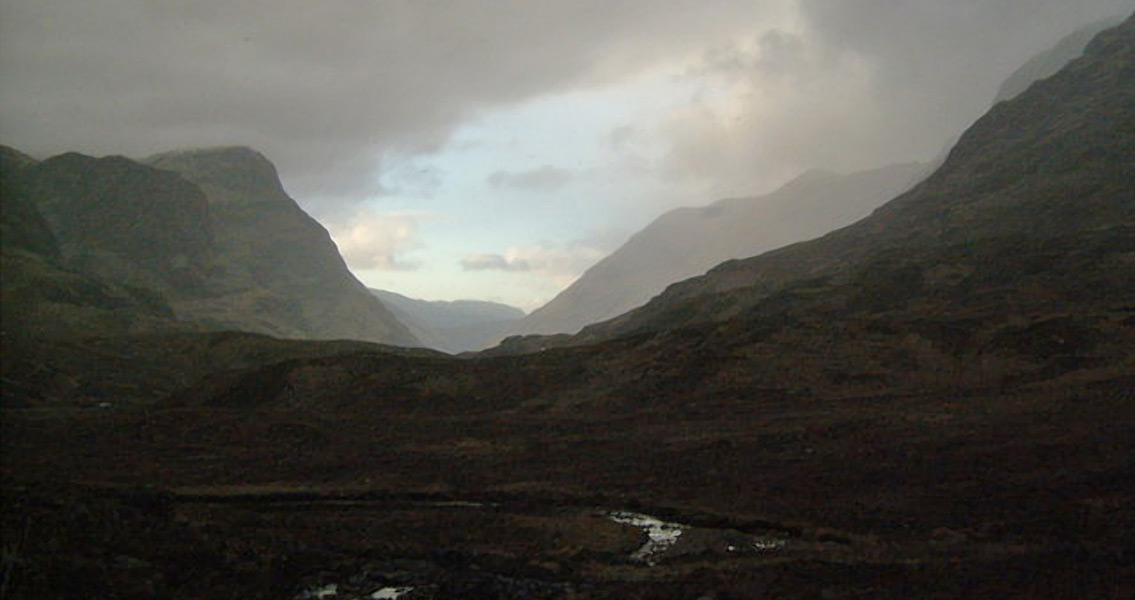<![CDATA[In the Scottish Highlands archaeologists with the National Trust of Scotland have discovered the remnants of a turf house at Achtriochtan – one of the settlements where the MacDonald clan lived in 1692 at the time of the Massacre of Glencoe. The remains of the building were found during a routine inspection of previously identified archaeological sites in the area by the trust. Very little of the original building has survived intact, but workers could easily identify its rectangular outline. Derek Alexander, the trust’s Head of Archaeology, said in a recent statement, "We were very excited to discover these remains. Most of the archaeological sites in the glen are stone-built structures, likely to date to after the agricultural changes of the mid-18th or 19th Century. Prior to then, most buildings would have been built of turf, perhaps with one or two stones included in the base of the wall." Following the Revolution of 1688, also known as the Glorious Revolution, which resulted in the overthrow of King James II of England (James II of Ireland and James VII of Scotland) and the 1689 Jacobite uprising, an unthinkable massacre was committed in the Highlands under the pretext of extirpating the MacDonald’s of Glencoe. On the morning of February 13, 1692, the massacre began in three separate settlements simultaneously; Inverrigan, Invercoe and Achnacon, although the killing would spill over the entire area as troops pursued the members of the MacDonald Clan who attempted to flee. Thirty-eight MacDonald’s were killed by the very guests they had welcomed and hosted, (the 120 man regiment responsible for the massacre had accepted the MacDonald’s hospitality and been billeted there only weeks earlier) based on the charge that the clan hadn’t promptly pledged allegiance to King William, the new monarch. Forty women and children later died of exposure because their homes had been obliterated. After an inquiry, recommendations for the punishment of the perpetrators were made to the King which were never acted on as far as is known. These events played a role in mobilizing support for the Jacobite cause, leading up to the 1715 uprising. Years later the massacre was immortalized in the poem "The Highland Widow", written by Sir Walter Scott. A team of experts from the trust are scheduled to complete a comprehensive investigation of the site and hope to determine a precise date as to when the turf house was in use, which isn’t possible based on the surface remnants alone. The National Trust of Scotland is one of the country’s biggest landowners, responsible for the care of more than 10,000 different archaeological features and sites including more than 100 ancient Monuments. A number of the 1,500 roofed buildings that are owned by the Trust, including the 270 which are listed - also contain various archaeological elements. The archaeological value of the sites varies greatly property to property and so do the dates; ranging from the Mesolithic through to the twentieth century. Image courtesy of Wikimedia Commons user: Sarah McGuire]]>
The Massacre of Glencoe Revisited With the Discovery of a Turf House
